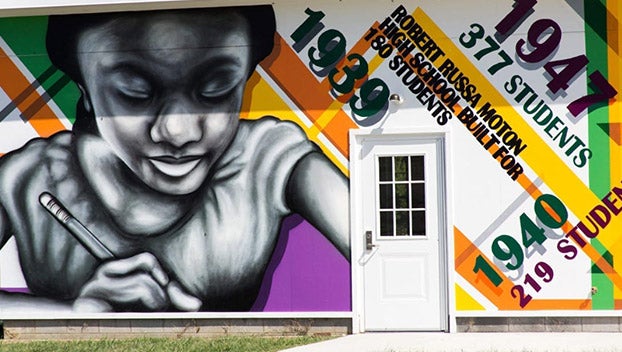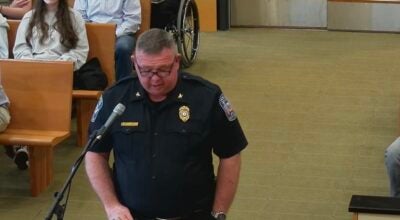Barbara Rose Johns project moves forward in Washington
Published 2:47 am Wednesday, January 4, 2023
|
Getting your Trinity Audio player ready...
|
FARMVILLE – Two years after federal officials decided to put a statue of Barbara Rose Johns in the U.S. Capitol, the project is finally moving forward. On Friday, Dec. 30, the Commission for Historical Statues in the United States Capitol announced they will be selecting a sculptor this week, with plans to complete the project by later this year.
The Johns statue is replacing one that was removed two years ago. In December 2020, the commission voted to replace a statue of Robert E. Lee with one of the Farmville civil rights leader. But that effort stalled, due to the pandemic and related challenges. Now things are starting back up.
Johns was chosen from a group of five finalists, to be represented in the U.S. Capitol. Eventually, they decided on Johns because of her connection to a historic ruling. That ruling is the Supreme Court case Brown v. Board of Education, which found that racial segregation in schools is unconstitutional.
In July of last year, the commission put out a request for proposals (RFP). That means they asked artists from across the country to submit their concept, detailing both what they envisioned the statue looking like and how much the cost would be. The group spent this past fall and into the winter choosing a sculptor’s vision to work with.
Remembering Barbara Rose Johns
Johns was a 16-year-old high school student who attended Robert Russa Moton High School, the first free-standing segregated high school for African-American students in Prince Edward County. Originally built in 1939, its max capacity was to hold exactly 180 students, but had over 477. As such, there was overcrowding in the classrooms, along with subpar conditions and hand-me-down education materials.
Johns was one of the first students to do something about that. On April 23, 1951, after months of deliberation and meditation, she decided to lead a strike.
The first court case gets filed
That protest eventually led to a court case being filed. That case was led by Oliver Hill and Spottswood Robinson, who were attorneys in the Richmond branch of the National Association for the Advancement of Colored People (NAACP). However, the attorneys took some convincing to take the job.
When the students were on strike, Rev. Francis Griffin got Barbara Johns and one of her classmates, Carrie Stokes, in contact with those attorneys. They wrote a letter, pleading with them to take their case.The attorneys were not interested in Prince Edward County. They were actually trying to take a case out in Pulaski, west of here. But they needed to drive through Farmville to get to Pulaski anyway, so they were convinced to stop and hear the students out.
One thousand people packed Farmville’s First Baptist Church for that meeting, which happened on May 3, 1951. Through the persuasion of Johns and Rev. Griffin, as well as the other community members who came out that day, the attorneys agreed to take the case.
That first case went to state courts and they lost.
The case eventually went to federal court and merged with a number of others out of South Carolina, Delaware, Washington D.C. and Topeka, Kansas. Those five cases combined to form Brown v. Board of Education, using the name of Oliver Brown, who was a plaintiff in the Kansas case.
Barbara Rose Johns: A legacy re-discovered
Barbara Rose Johns watched all of that play out from a different state, however. The protest she started and the court case that followed drew racist threats. Fearing for her safety, the Johns’ family decided she needed to move.
Johns moved to live with her Uncle Vernon Johns in Montgomery, Alabama. So she very much didn’t get to see directly the fruits of her labor. The rest of the students and the rest of the community did continue to move it forward after that.”
After moving to Alabama, Johns earned a degree in library science from Drexel University. She later married William Powell, moving with him to Philadelphia and raising five children. She also became a librarian for the Philadelphia school system, a position she held until her death in 1991 from bone cancer.
This planned statue is the most recent addition to her legacy. In 2017, the Virginia attorney general’s offices were renamed in her honor. Her story was recently added to the Standards of Learning for 4th grade Virginia studies and 11th grade U.S. History. And in 2018, the General Assembly made April 23 Barbara Johns Day throughout the Commonwealth.





